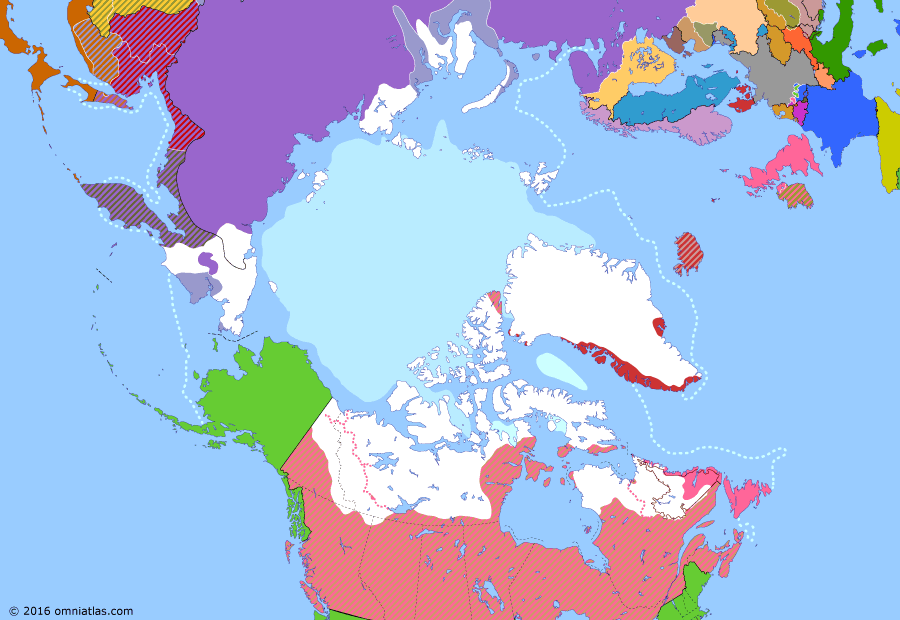the Arctic 1920: Far Eastern Republic

6 April 1920
6 Apr 1920
Far Eastern Republic
9 Oct 1882 First International Polar Year
5 Aug 1892 Opening up Greenland
13 Jun 1898 Klondike Gold Rush
7 Jun 1905 Norwegian Independence
20 Aug 1905 Russo-Japanese War in the Far North
6 Apr 1909 Race to the North Pole
6 Apr 1917 Great War and the Arctic
21 Aug 1918 Allied Intervention in Russia
6 Apr 1920 Far Eastern Republic
31 Oct 1921 Wrangel Island Fiasco
20 Jan 1925 Soviet-Japanese Peace Treaty
14 May 1926 Arctic Flights
12 Jul 1932 Erik the Red's Land
The Great War ended in November 1918 with an armistice with Germany, encouraging most of the Allies to also end their intervention in Russia. However, Japan stayed on in the Russian Far East, supporting the numerous White factions there. Unwilling to confront the Japanese directly, the Soviets backed the creation of a Far Eastern Republic to act as a buffer state.